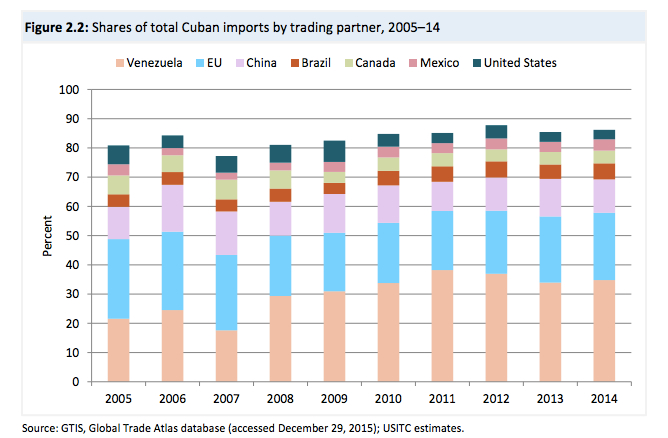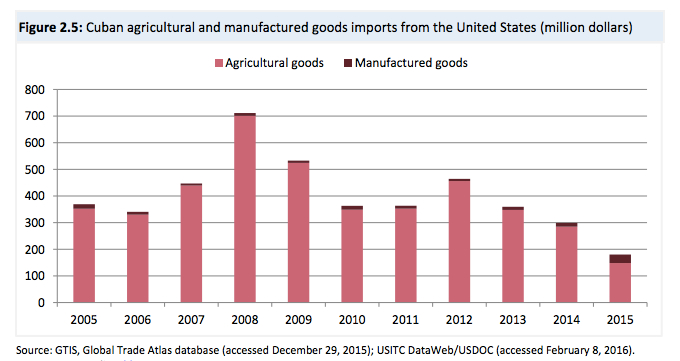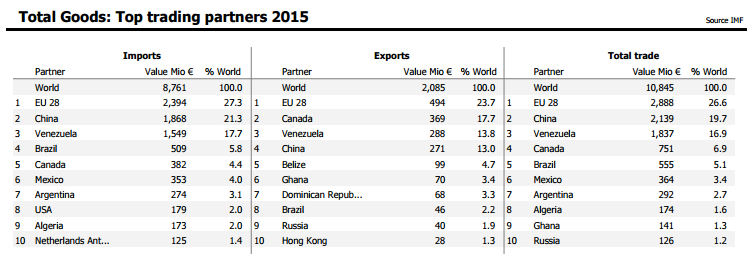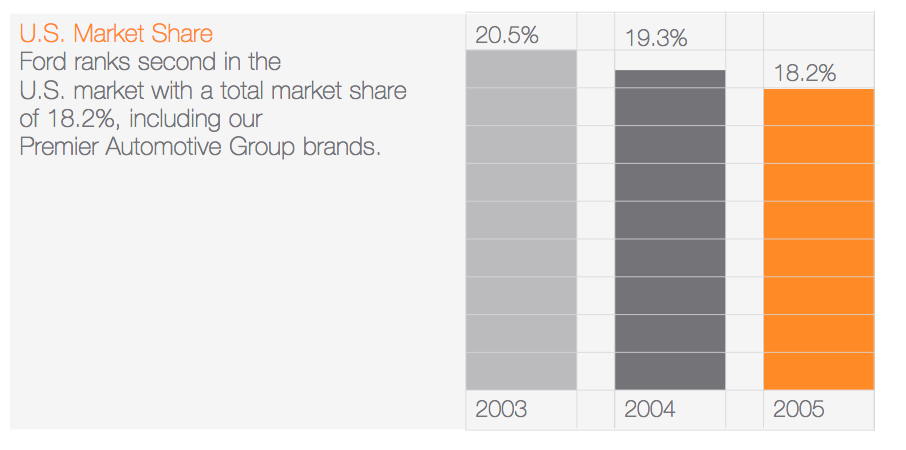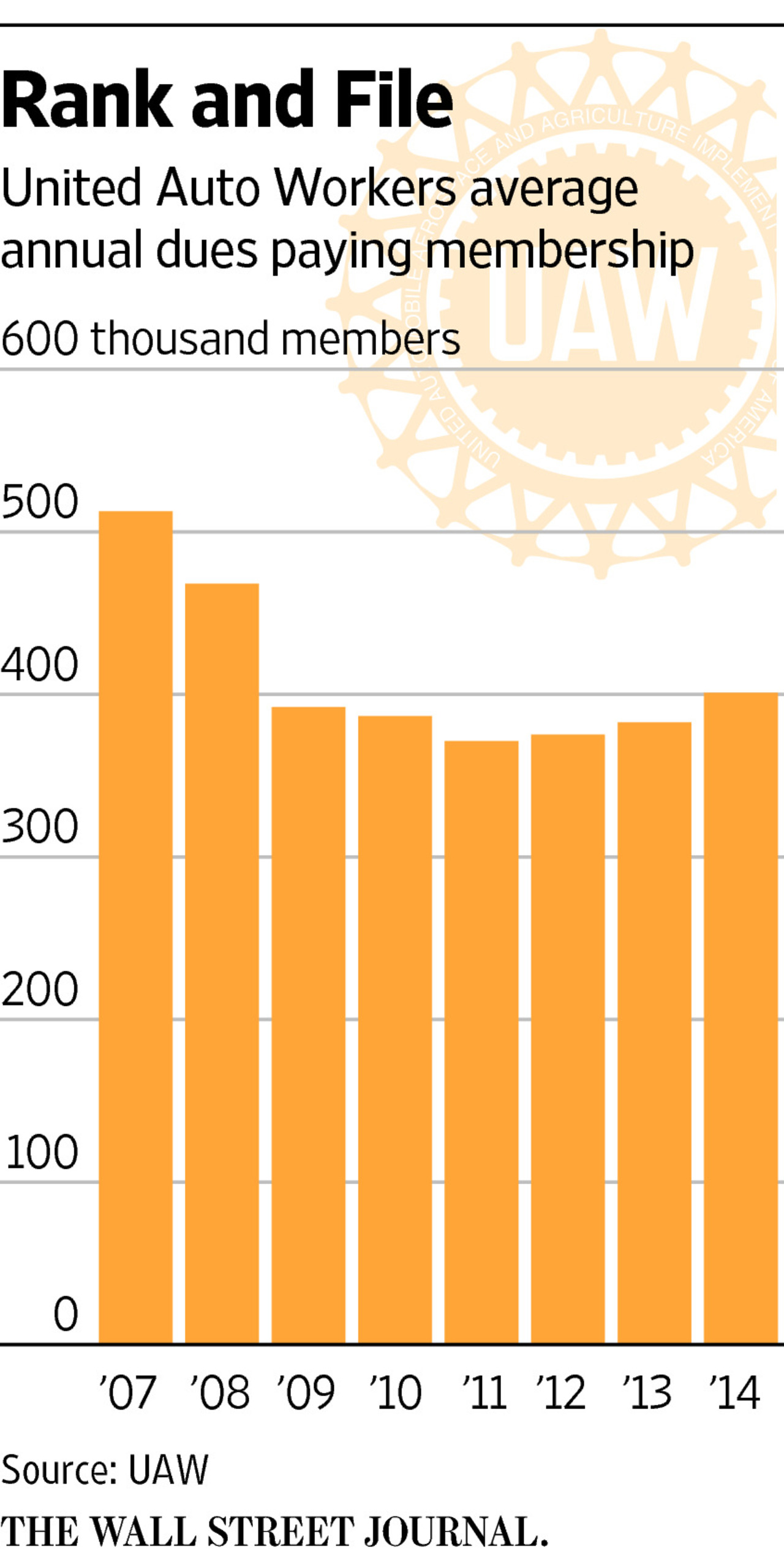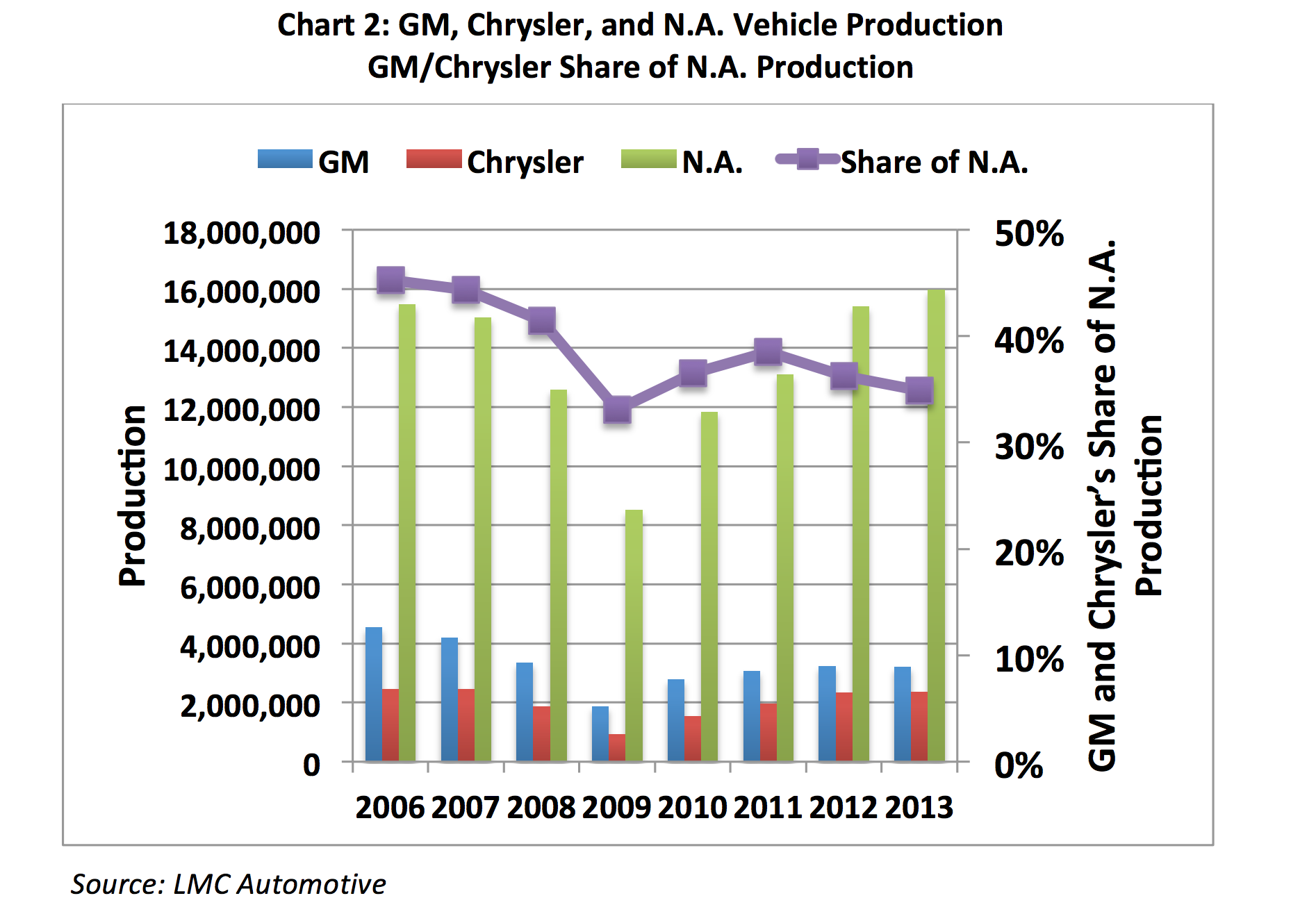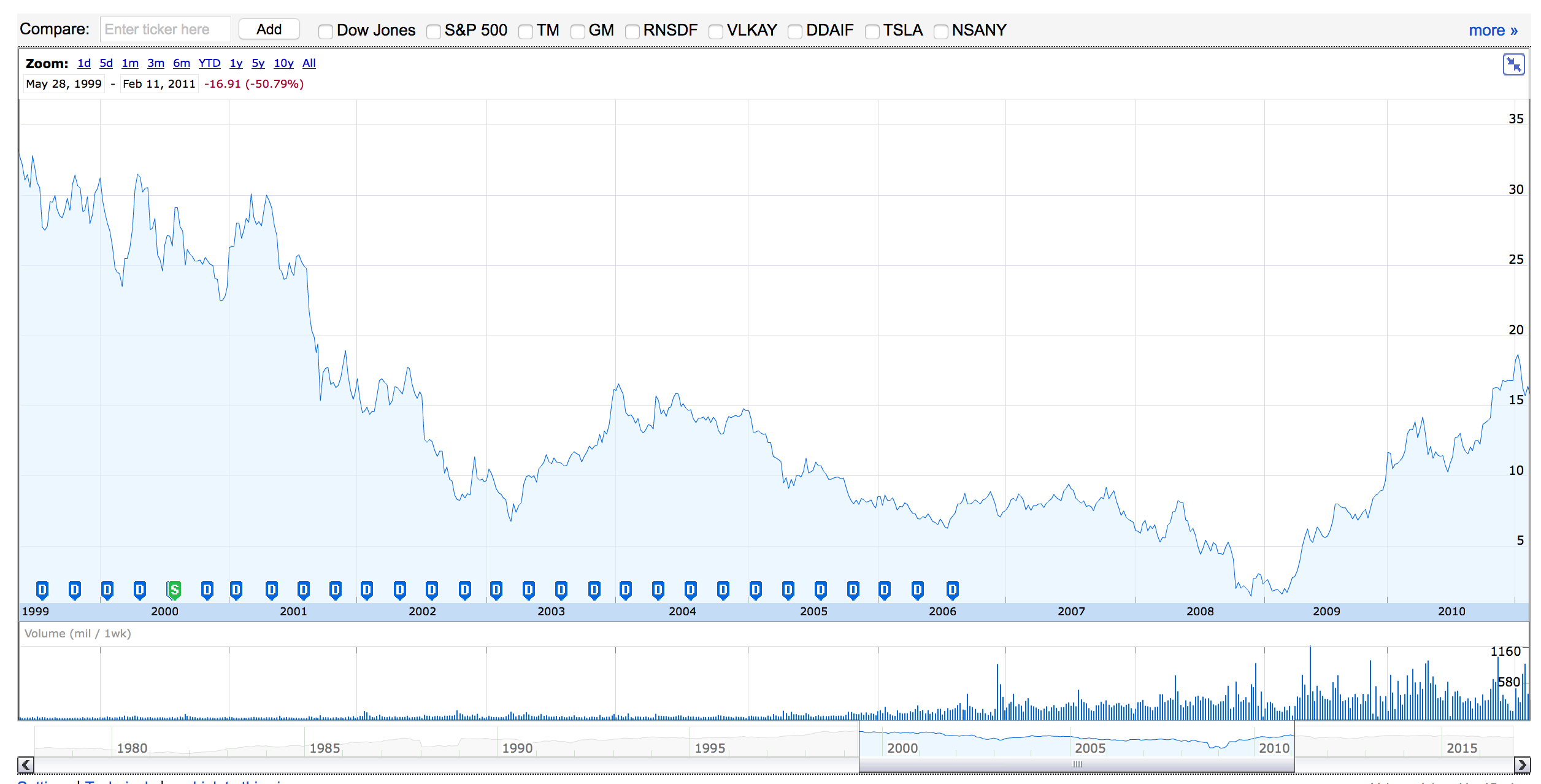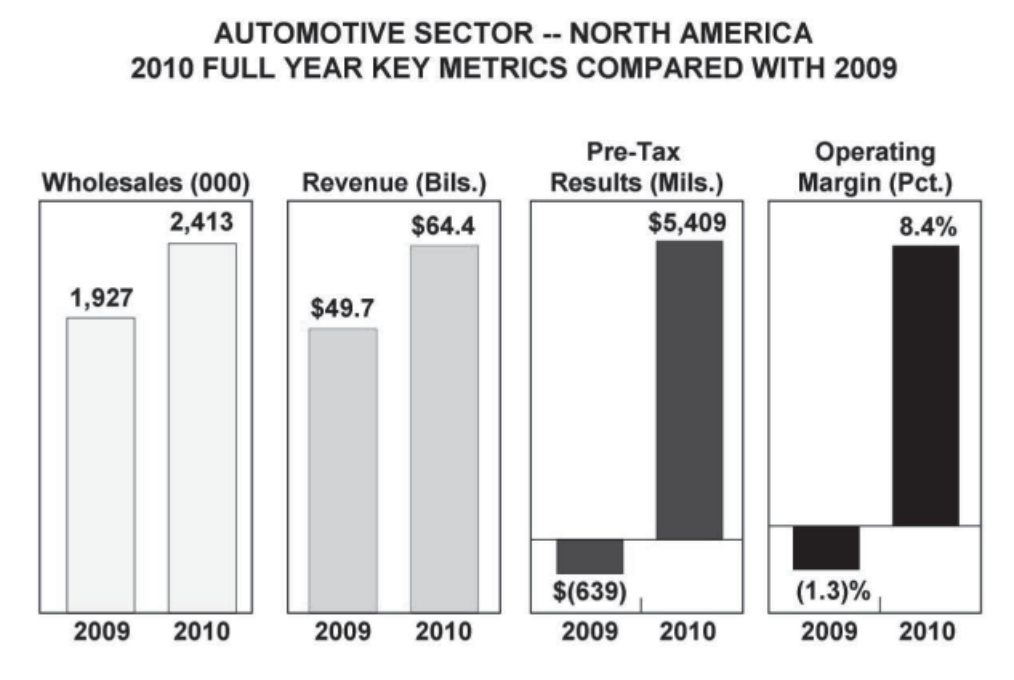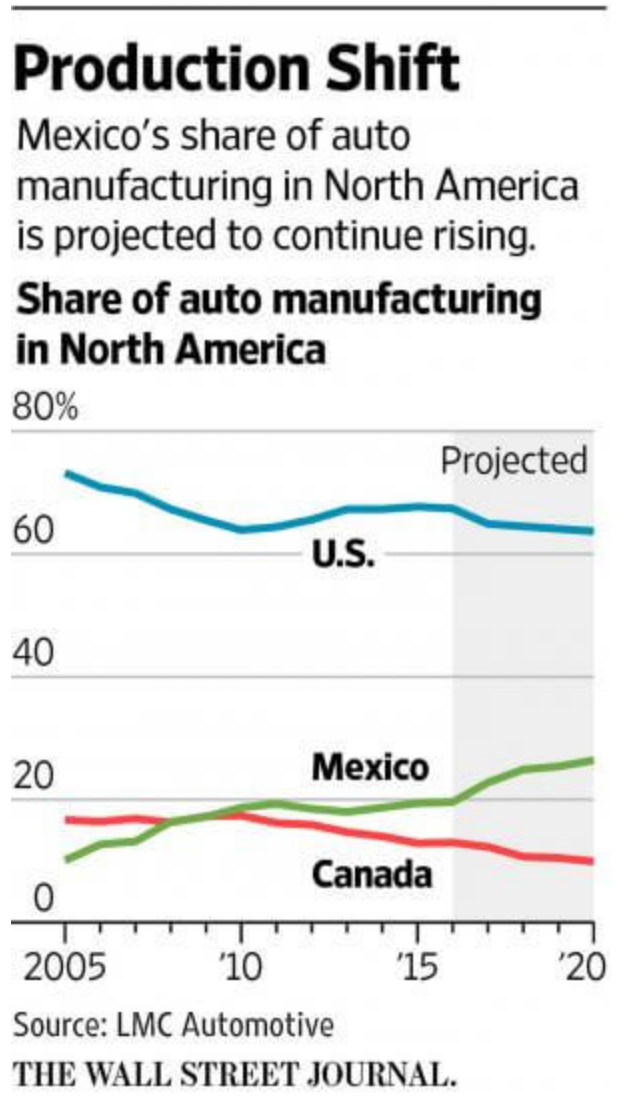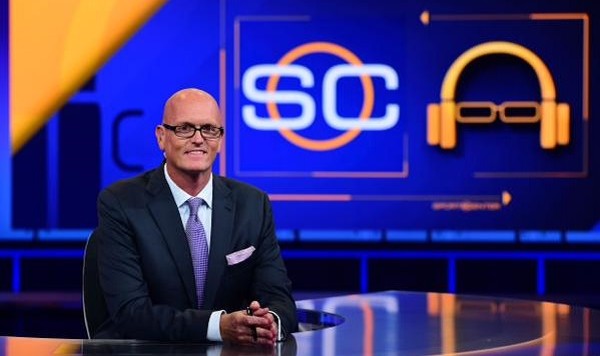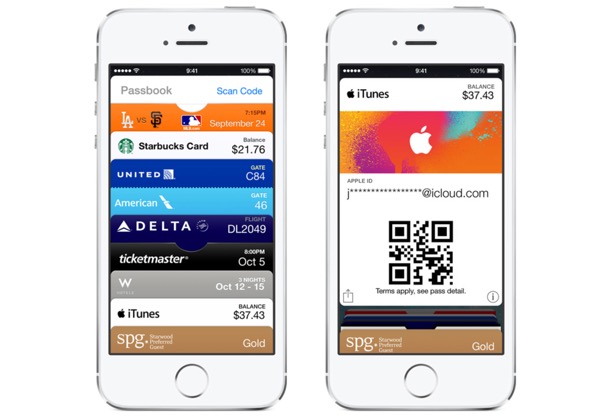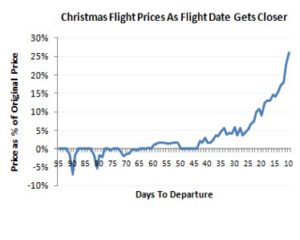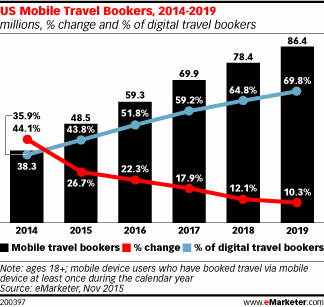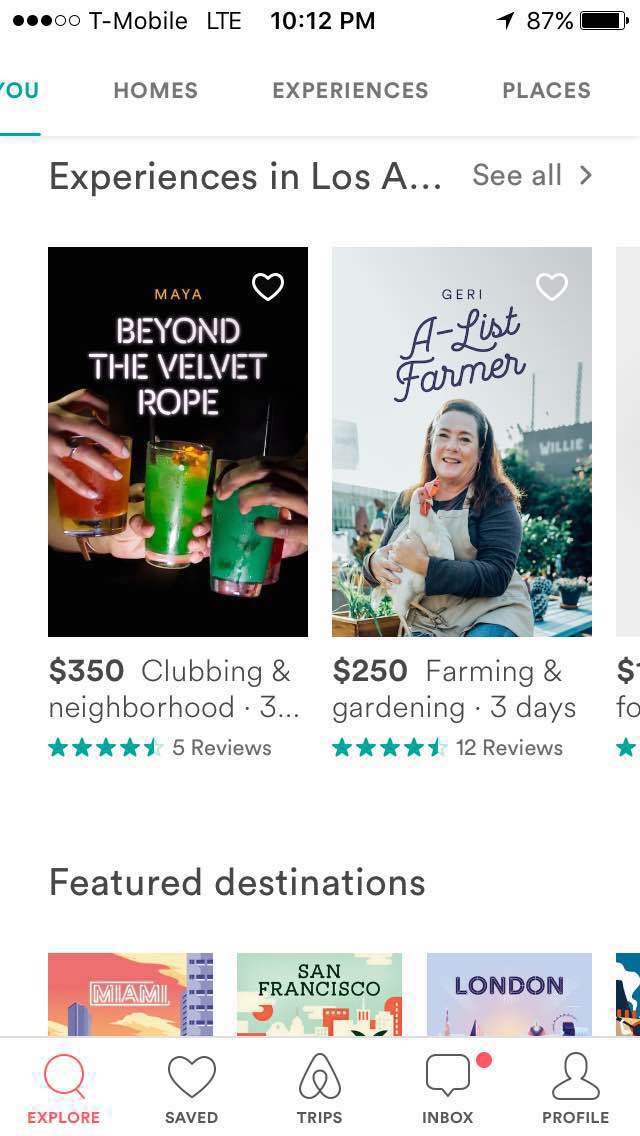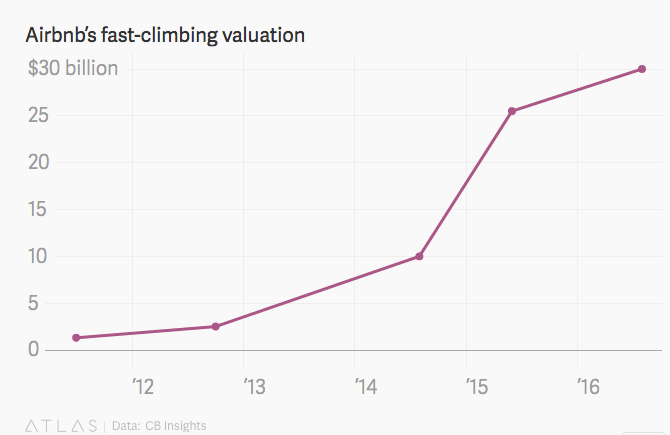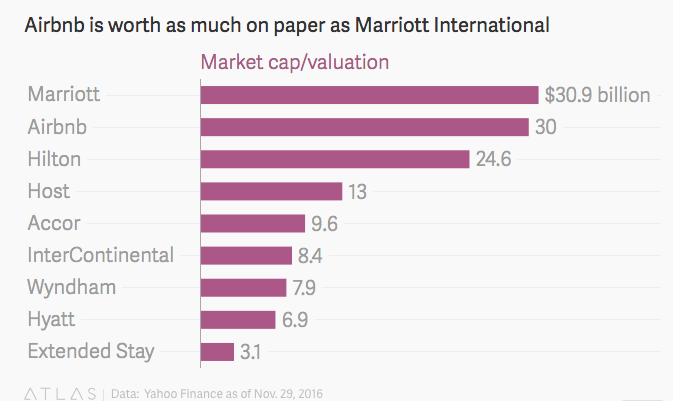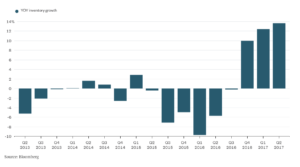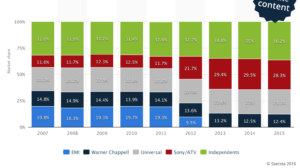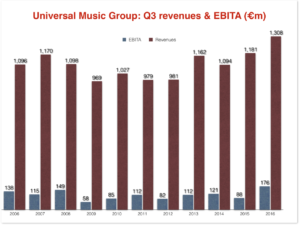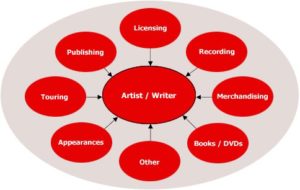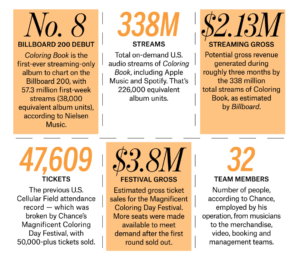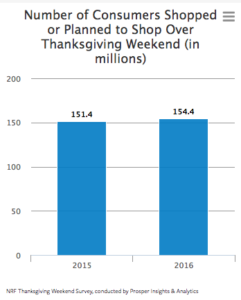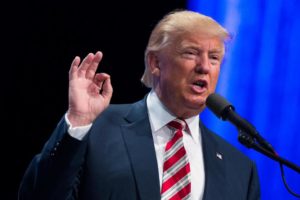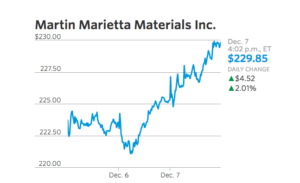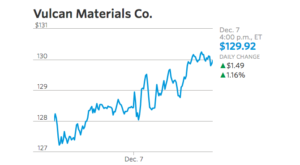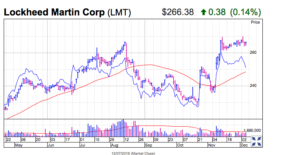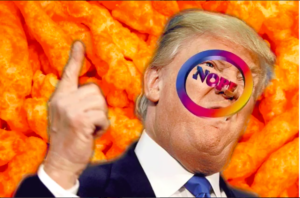In 1961 the U.S. severed diplomatic ties with Cuba. As of December 2014, the U.S. and Cuba started to restore formal diplomatic relations for the first time in more than half a century. The U.S. moved to relax restrictions on trade, commerce and financial transactions with Cuba, though the comprehensive trade embargo for years is unlikely to be lifted at once.
Since the 1960s, the U.S. administrations have maintained the policy of economic sanctions of Cuba. Cuba depends primarily on three suppliers to meet its import needs. In 2014, Venezuela was the leading supplier of Cuban imports, with 35 percent share. The EU supplied 23 percent of total Cuban imports, while China accounted for 11 percent. Venezuela, the EU, and China together accounted for 69 percent of total Cuban imports in 2014. By contrast, before initiating trade restrictions, the United States alone accounted for 70 percent of Cuba’s total imports in 1958. In 2014, the U.S. share was just 3 percent.
As the political relation normalized in 2014, the trade advancement is still feeble to see. The total amount of Cuba imports from the U.S. in 2015 was $180 million, down 40% ($119 million) from 2014 and down 51% from 2005. The top export categories in 2015 were meat, food waste, grain and chemical products. The agricultural products importing from the U.S. totaled $150 million, which is the leading import category.
Compared to Cuba’s import, there was no goods export to the U.S. in 2015. The EU still remains the leading partner of Cuba’s export destination.
But after the Cuba policy changes announced by the President in December 2014, the U.S. government made some regulatory changes to allow the importation of certain goods and services produced by independent Cuban entrepreneurs. The U.S. Department of Commerce’s Bureau of Industry and Security (BIS) and the U.S. Department of the Treasury’s Office of Foreign Assets Control (OFAC) have made five sets of amendments to their respective Cuba sanctions regulations. OFAC introduced a provision in January 2015 authorizing the importation of certain goods and services produced by independent Cuban entrepreneurs.
Other changes are expected to benefit the economy in both countries. American banks can now do business with Cuban customers without brokering through a third nation. It means Cuban Americans can send money to family members in back in Cuba easier than before. In 2015, Annual funds sent from the U.S. back to Cuba nearly doubled to $1.4 billion.
US citizens are now able to use their credit cards in Cuba. They can also take home up to $100 in alcohol and tobacco from the island. Still, most US travelers to Cuba will continue to be family members, academics, journalists, cultural ambassadors, and medical professionals. But US citizens don’t need to obtain permission from the US government as previous required. About 150 thousand Americans traveled to Cuba in 2015, up from 91 thousand the year before.
Though two countries has made progress toward trade and commerce, the future remains ambiguous. Fidel Castro, Cuba’s communist leader who had been in power for five decades, died on Nov. 25, 2016. Two days later, the U.S. President-elect Donald J. Trump warned that“If Cuba is unwilling to make a better deal for the Cuban people, the Cuban/American people and the U.S. as a whole, I will terminate deal.”
